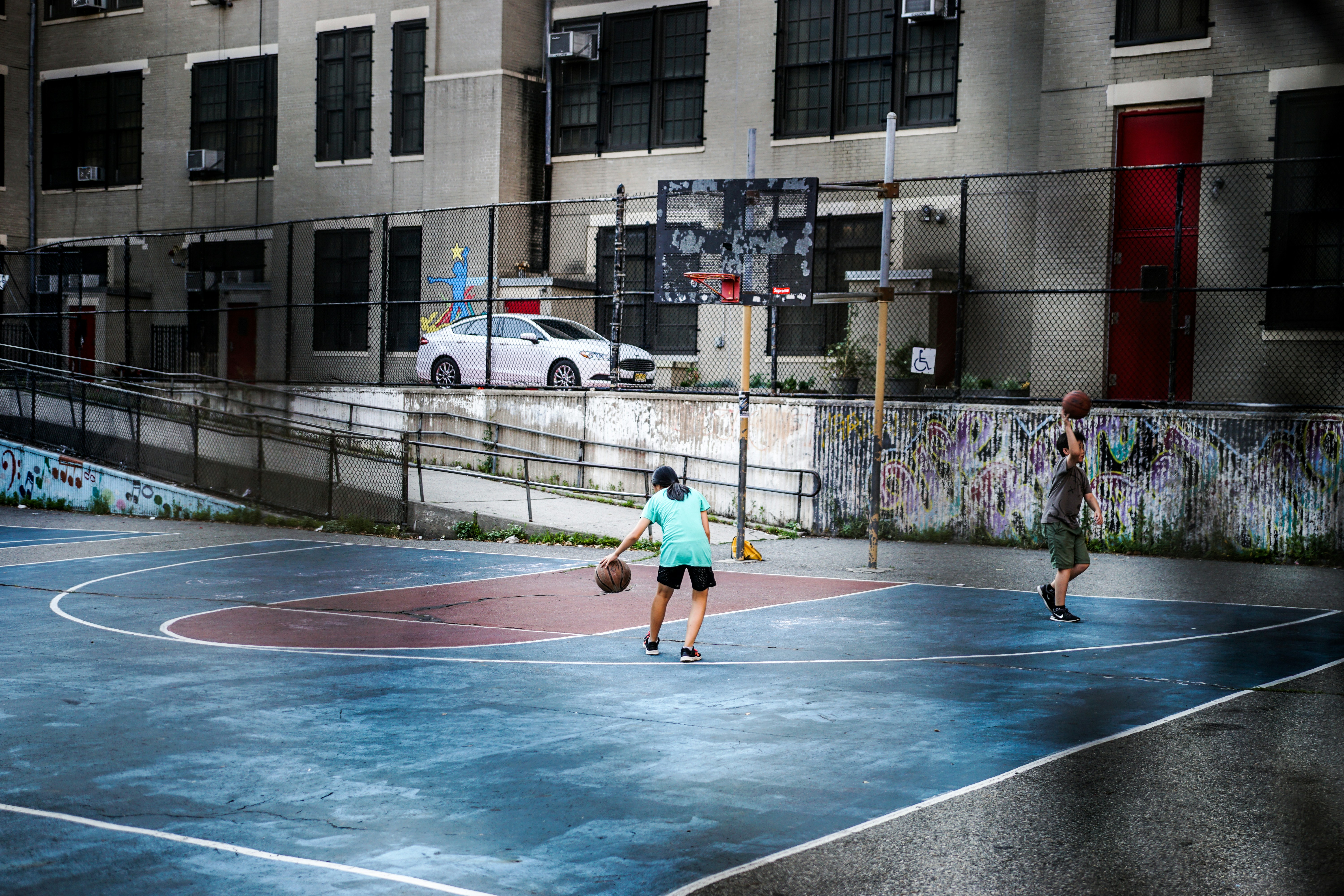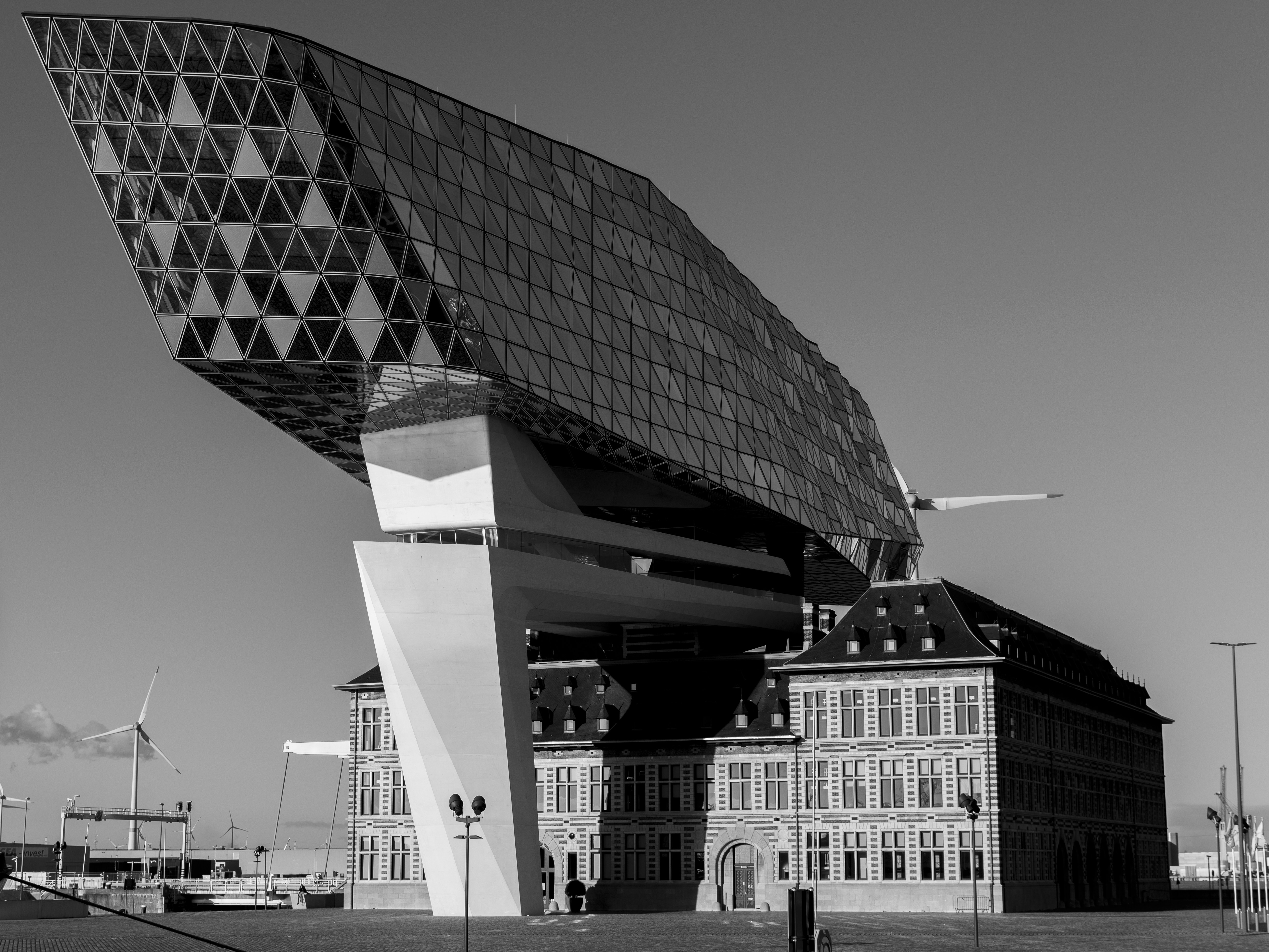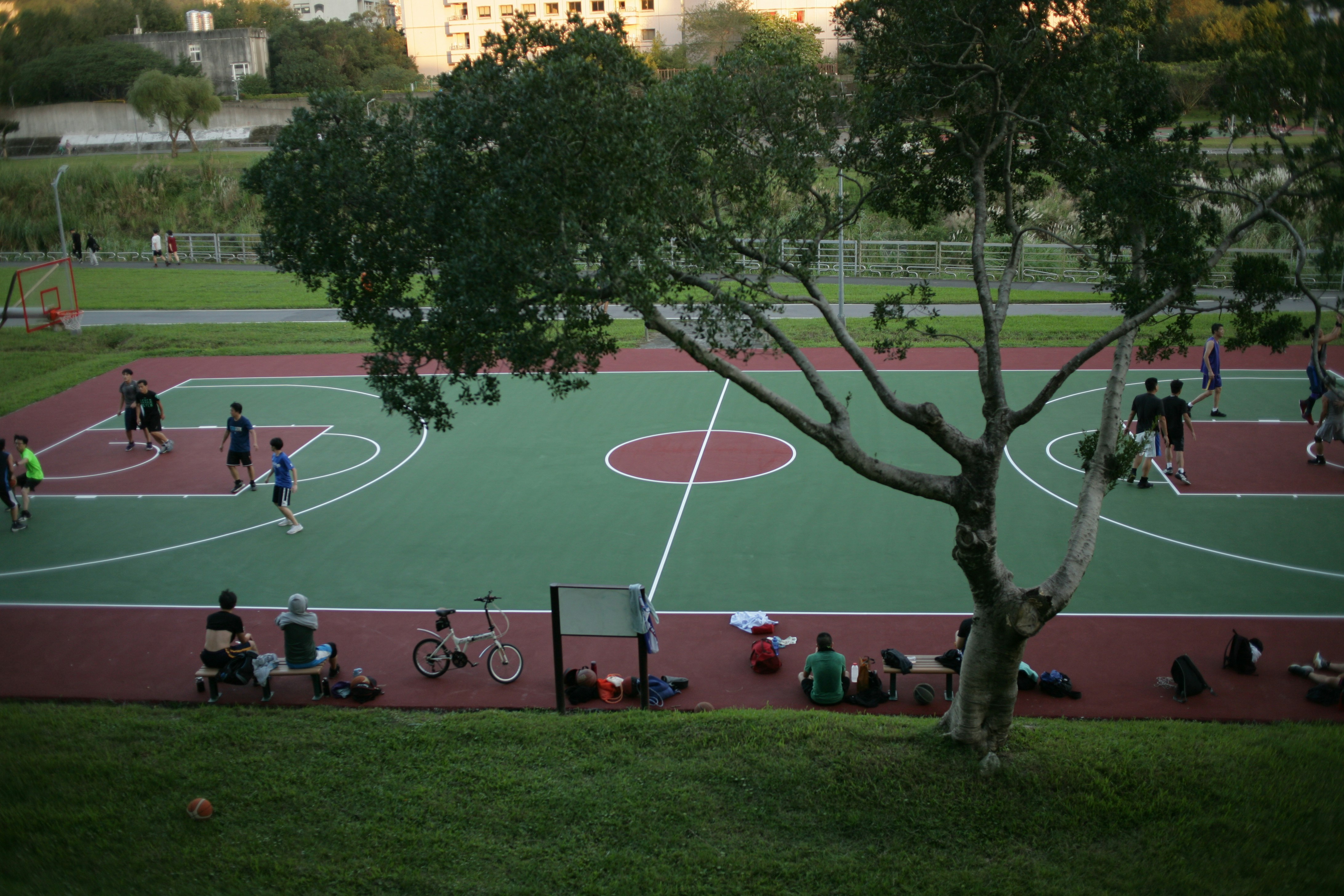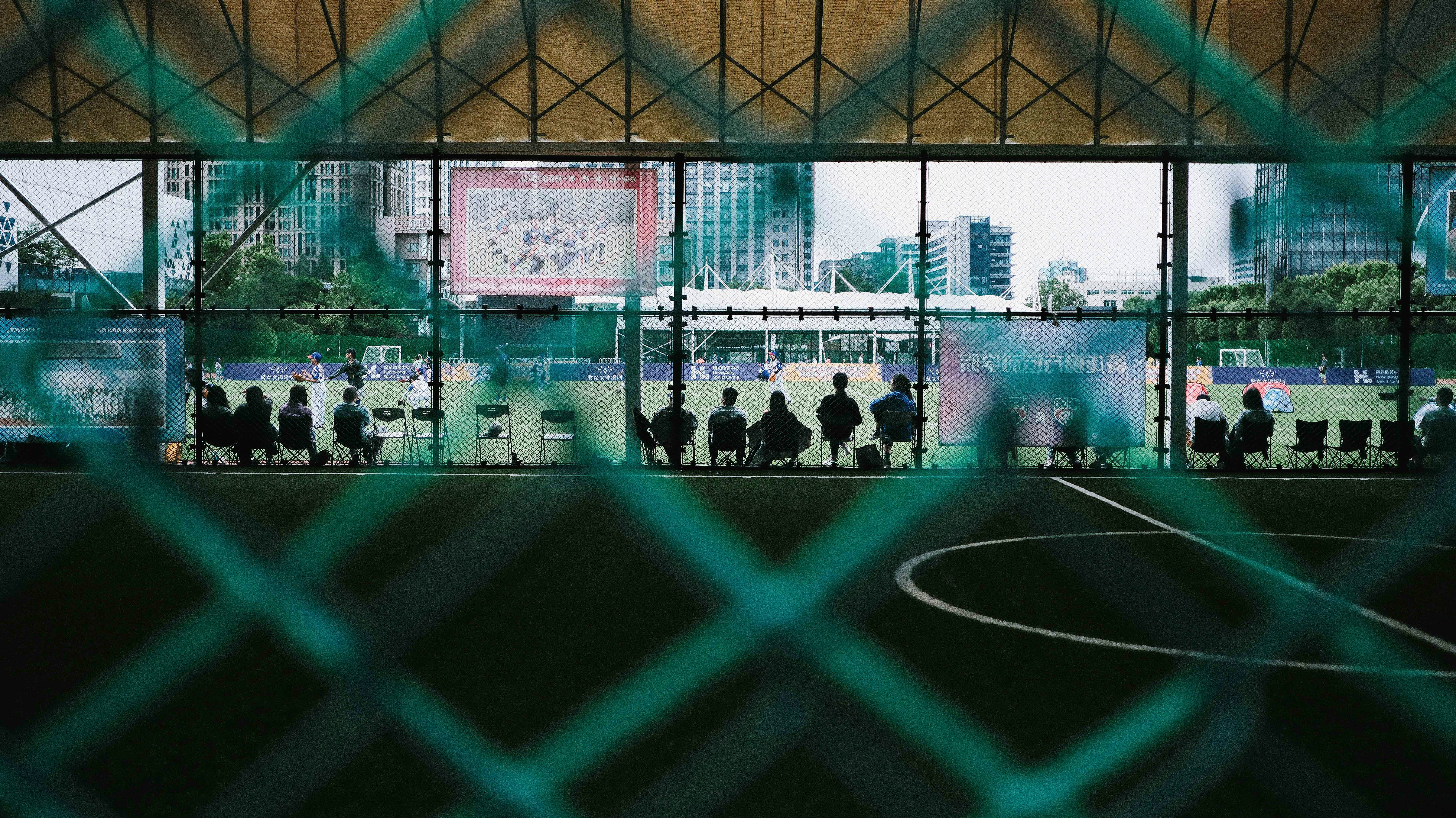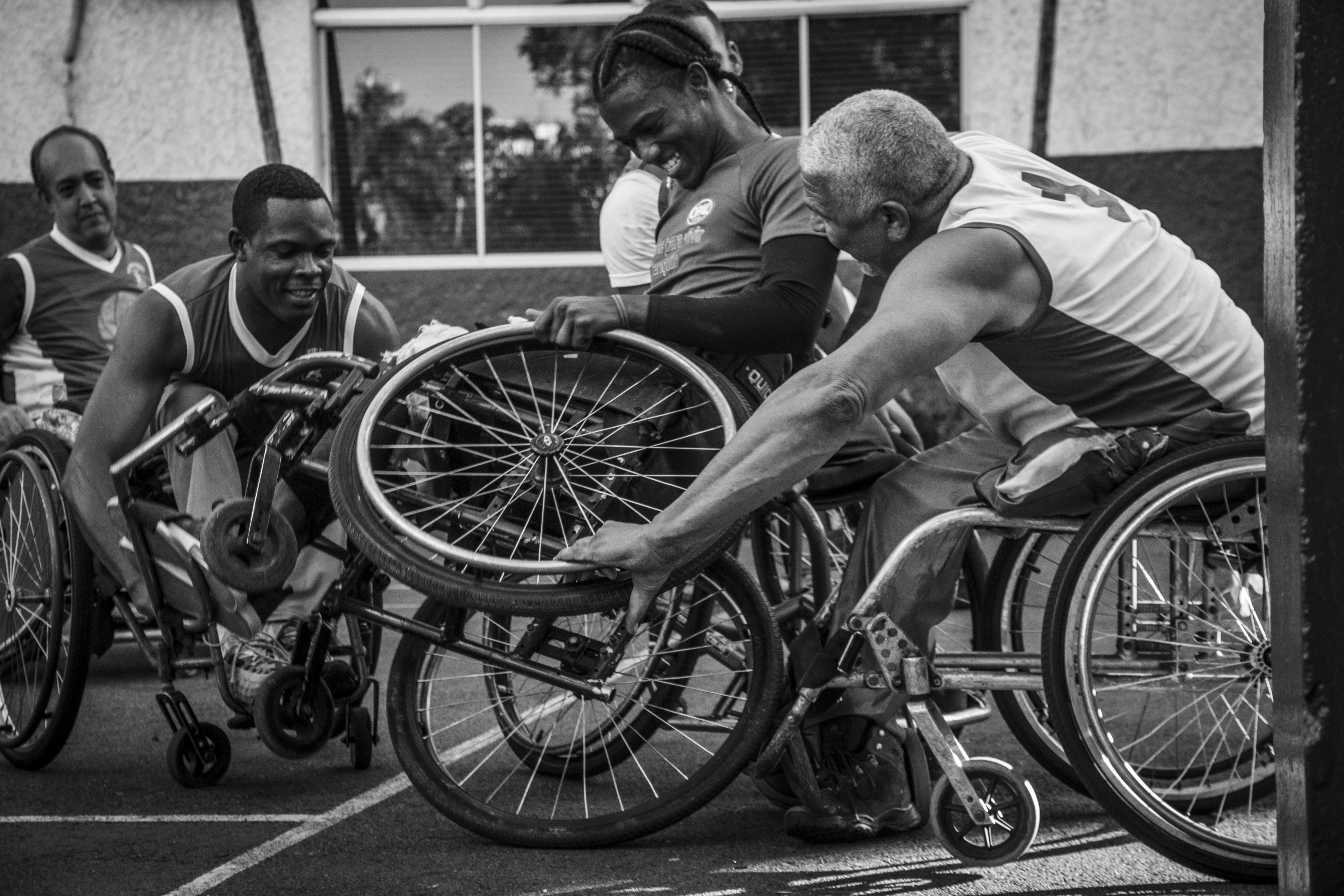Beyond the Field: Urban Design, Architecture, and Sports Culture
Urban design and architecture shape the very essence of sports culture and community engagement. Imagine a city where sports aren't just confined to fields but are woven into the fabric of daily life—where parks inspire gatherings, and stadiums foster vibrant communal experiences. This evolving landscape isn't merely about aesthetics; it encompasses people's interactions with their environment, their neighbors, and their passions. By understanding how urban design influences sports culture, we can unravel a thrilling narrative that extends beyond the game itself.
The Foundation: How Urban Spaces Influence Sporting Culture
Urban areas have always served as the backbone of sporting culture. Historically, stadiums, arenas, and community fields have been focal points that enable collective sporting experiences. The design of these spaces can either invite or limit community involvement. For instance, cities that prioritize accessibility—through public transport links and green spaces—tend to foster a more enthusiastic sports culture. As Harvard Business Review discusses, the design of urban spaces can influence social dynamics and create opportunities for increased interaction among residents.
Cities like Barcelona and Melbourne serve as prime examples, where a thoughtful integration of urban design has paved the way for dynamic sports cultures. Barcelona, for instance, harmoniously combines housing and sports facilities, enabling residents to engage with their athletic passions organically. Melbourne boasts a network of interconnected parks and sports facilities, promoting inclusivity and active play. Urban planners, therefore, must recognize that their designs can motivate individuals to participate in sports, while also fostering a sense of belonging.
Designing for Engagement: Stadiums and Community Spaces
Modern stadiums are often monumental in scale, but true innovation lies in their ability to create a community-centric ecosystem. Traditional designs focused heavily on the spectator experience with architecturally impressive structures but neglected the area surrounding them—essentially restricting them to “event-only zones.” This has shifted in recent years.
Today's architects are being called upon not merely to build vast arenas but to create multifunctional spaces that serve their communities far beyond game day. The Allianz Arena in Munich, for instance, integrates a public plaza that invites not just fans, but local residents, fostering daily engagement within the space. The stadium hosts farmers' markets, concerts, and events, solidifying its role as a community hub. This approach results in a richer sports culture, where residents feel a sense of ownership and connectivity.
The Psychological Influence of Architecture
Architecture doesn't just create spaces; it influences behavior. A study published by NCBI reveals that well-designed public spaces positively impact physical activity levels among residents. Parks with effective landscaping, easily accessible paths, and inviting designs encourage more people to engage in sporting activities.
Architectural choices like natural light, open areas, and viewing points can make athletes and spectators feel more connected to the action. Think back to the emotional power of witnessing an incredible moment in sports; a well-designed arena amplifies that sensory experience, making each game unforgettable. The success of these venues is ultimately measured by how they fulfill the collective aspirations of the community while intensifying the emotional ties associated with sports.
Urban Green Spaces: Enhancing Athletic Performance
Urban ecosystems play a pivotal role in enhancing athlete performance. Sports are often viewed through the lens of competition, but the surrounding environment can have a profound impact on athletes’ physical and mental well-being. Recent studies indicate that exposure to nature can boost performance metrics, improve mood, and enhance overall mental health—especially for youth athletes who might feel societal pressures.
Parks, running trails, and even converted urban wastelands are being transformed into thriving sports facilities. Take, for instance, the normalization of outdoor fitness zones found in cities such as Singapore and New York. These spaces allow for cross-training and casual play, making sports activities more accessible and less intimidating for the community.
Additionally, urban greening efforts directly tie into sustainability—much like the trend moving toward eco-friendly practices in sports. Cities embracing green infrastructure can produce healthier air and environments, supporting both the athletes and the community at large. As the research continues to show, investing in natural spaces positively correlates with participation rates in sports, emphasizing the integrated nature of urban design and sports culture.
Engaging the Community: Sports Diplomacy and Urban Design
Sports diplomacy cultivates goodwill, strengthens ties, and fosters community connections, often rooted in the very landscapes where activities occur. Through strategically designed urban spaces, cities can create platforms for international sporting events that not only showcase athletic talents but also promote cultural exchange.
Mega-events like the Olympics and World Cup bring sports to the forefront, but they also propel significant urban transformations. The impact on local communities can be significant when designed with inclusivity at the center. For example, the 2016 Rio Olympics revitalized a number of neglected neighborhoods, incorporating sports venues into existing urban landscapes. However, urban planners must tread carefully—balancing the demands of international sporting events with the needs of local populations to foster lasting legacies.
As sports evolve, so too does sports diplomacy. Creating equitable access to sports facilities and promoting community-oriented programming ensures that these designs aren’t temporary installations only experienced by few. Rather they become vital contributors to long-term cultural engagement and community identity.
The Future of Sports: Digital Engagement and Urban Design
The convergence of technology and urban design introduces exciting opportunities for how cities shape sports culture. Contemporary technological advances facilitate virtual experiences that enhance traditional sports in unprecedented ways. Concepts like smart stadiums are rapidly emerging, utilizing data analytics to improve fan engagement and elevate the overall event experience.
As digital strategies intertwine with urban planning, we can expect to see more venues integrating virtual components, like augmented reality experiences, into their design. This allows for an interactive viewing experience that may empower local communities to engage with their favorite teams on a more personal level. Imagine walking into a stadium revealing an augmented reality overlay detailing players’ statistics, historical highlights, or even live analytics—all while enjoying the camaraderie with fellow fans.
However, with technology rapidly transforming engagement within sports culture, city planners must remain vigilant about ensuring that these innovations don’t create divides among community groups. Equitable access to technology is essential, ensuring that all residents can enjoy the benefits of these advanced digital experiences.
Next Steps: Cultivating Community Through Urban Design
The relationship between urban design, architecture, and sports culture is vital to community engagement. As communities continue to evolve, it’s essential for planners, athletes, and organizations to work collaboratively to create accessible, sustainable environments that promote active lifestyles and collective involvement. Here are a few steps for nurturing this dynamic:
-
Foster Access: Ensure that sports facilities and open spaces are readily accessible for all community members. Think about integrating public transport options, universal design for accessibility, and paths that connect urban neighborhoods.
-
Encourage Collaboration: Cultivate spaces that invite local neighborhoods to host events, sports leagues, and community activities. Bridging the gap between traditional sports and community interests is fundamental to fostering loyalty.
-
Engage Daley: Explore innovative design concepts that incorporate technology while ensuring they are inclusive. Make sure that these developments cater to residents without creating disparities in access.
-
Create Partnerships: Collaborate with schools, nonprofits, and local clubs to develop community-oriented sports programs. This generates investment in local talent while enriching the overall community narrative.
-
Promote Sustainability: Design green spaces thoughtfully, promoting long-term health and well-being for both athletes and spectators. Sustainability should be an anchor for every urban development initiative, ensuring communities can thrive for generations to come.
By understanding and nurturing the intricate relationship between urban design and sports culture, we can build communities that not only love sports but also live them—through shared experiences, camaraderie, and personal growth.
Final Thoughts
The interplay between urban design, architecture, and sports culture is more than a mere backdrop; it is a powerful force that shapes community identities and engagements. By prioritizing accessibility, sustainability, and technology, cities can craft vibrant, inclusive environments that encourage shared sporting experiences. The way we design our urban landscapes today influences the sports stories of tomorrow. Let’s embrace this opportunity, turn our cities into community playgrounds, and redefine the future of sports culture together.
